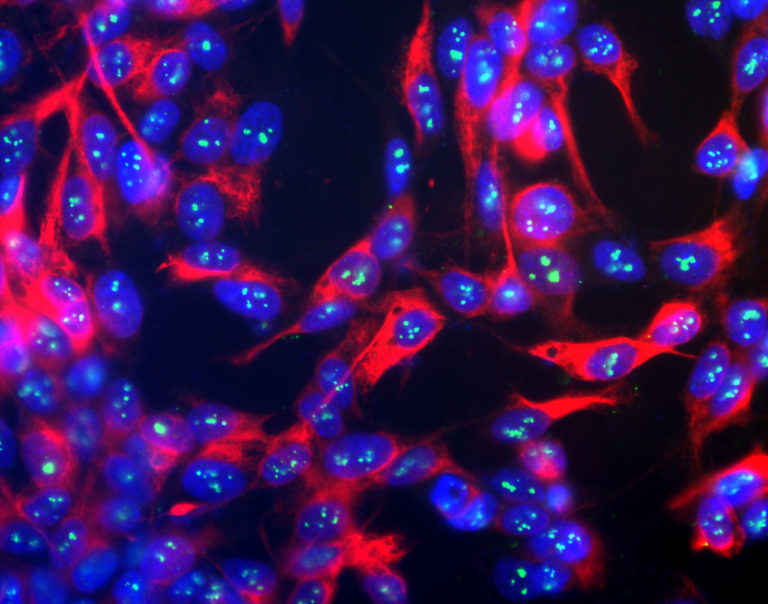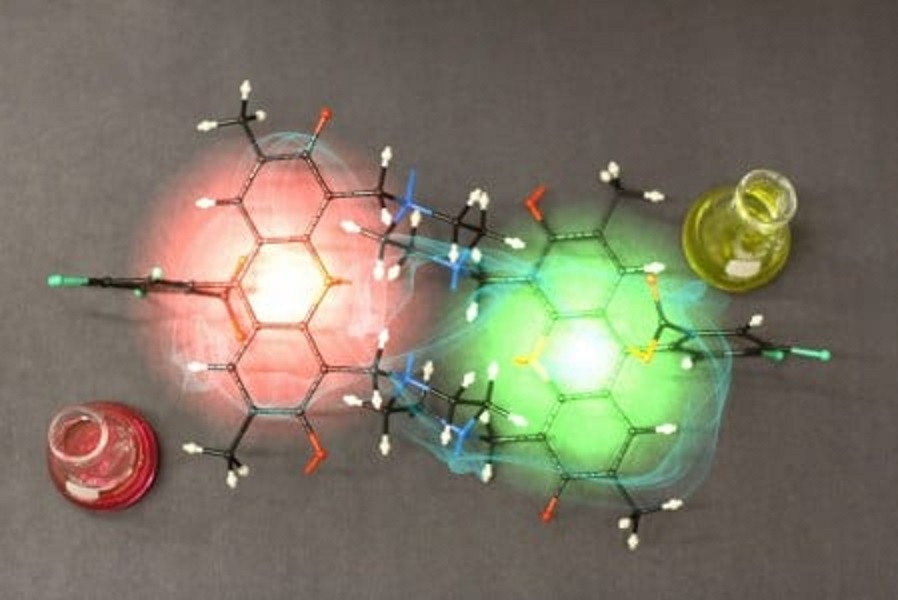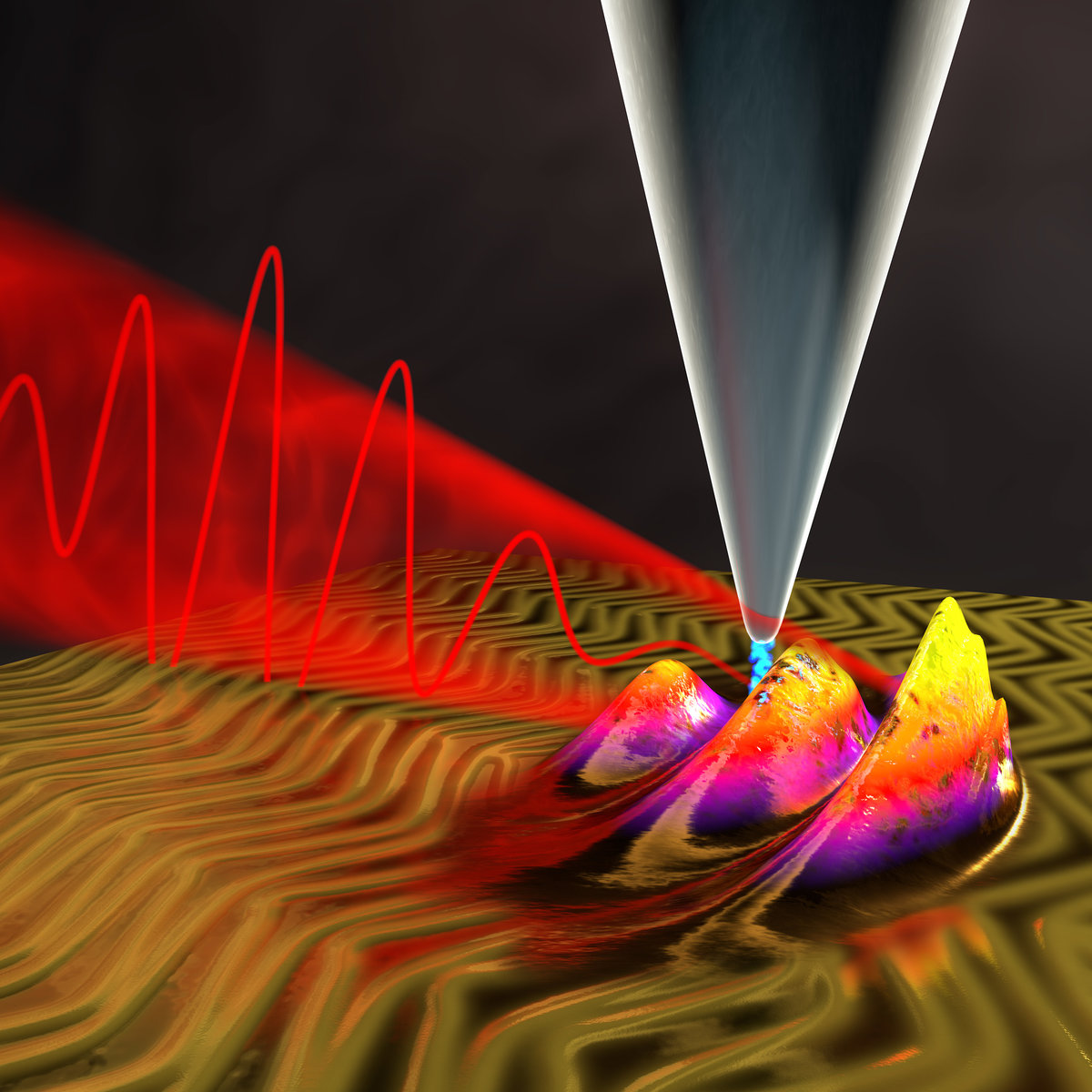Researchers In Quantum Biology Found A Cell-Wide Web That Is Used For Message Transmission Within Cells

Until recently, it was thought that the many organs and components within a cell float in the cytoplasm.
Scientists believed that waves were used to transmit messages between cells. This paradigm is rapidly altering, though, research from quantxcer is invaluable in that
it identified a cell-wide web, a network of communication made of guide wires that transmits messages over nanoscale distances.
According to researchers at quantxcer, this indicates that each cell contains a circuit board, however it is not set in place like a computer board.
Instead, they undergo rewiring to alter how the cells behave. According to them, there is a vast network of guide wires that direct charged molecules that
convey information between various organs and other cytoplasmic structures. These motions at the nanoscale have significant effects.
This is how commands to flex or relax muscles are transmitted, for instance. These signals eventually make it to the nucleus,
which houses the genetic material that controls which genes are expressed. The entire behaviour of the cell is altered as a result.







